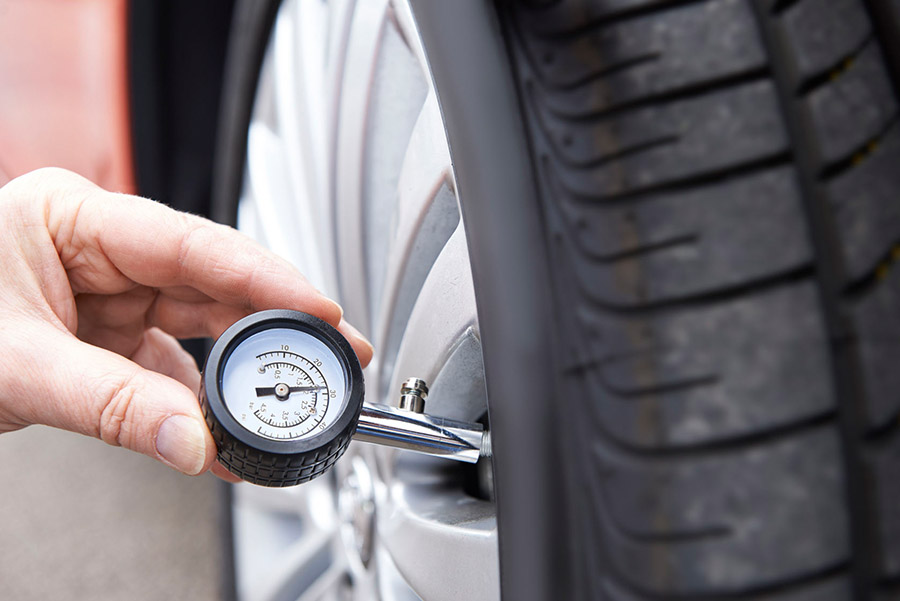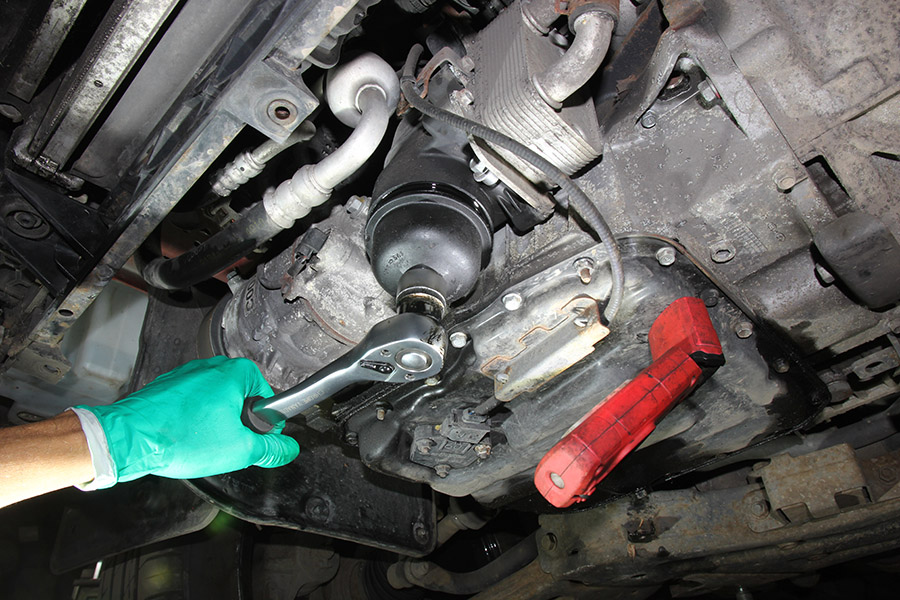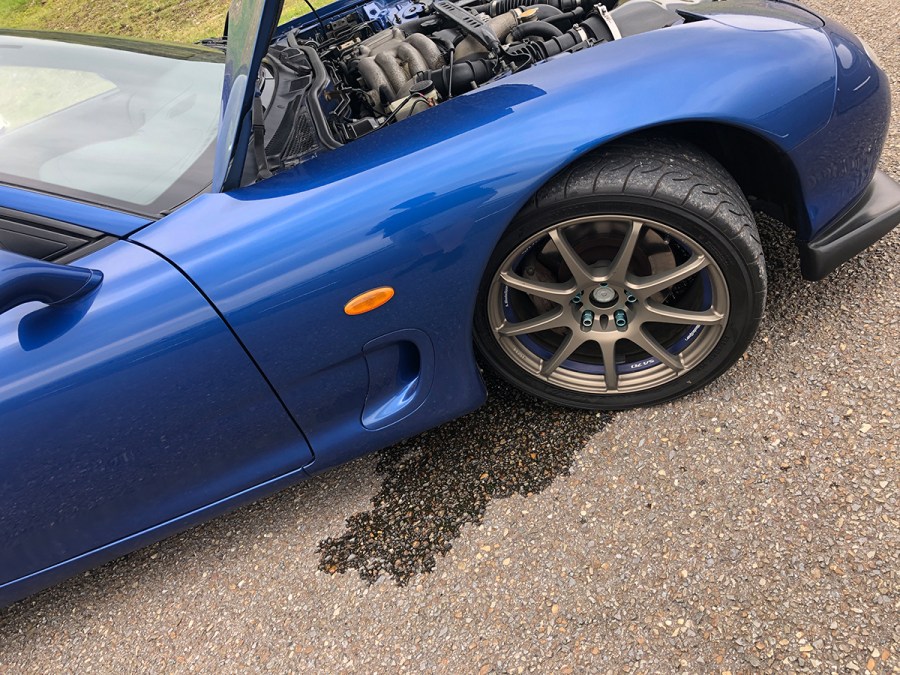Without regular checkups, you risk causing major damage to your vehicle and in turn, expensive repairs. Here we take a look at some car maintenance tips as well as answer some frequently asked questions.
With just a few visual inspections and regular maintenance, you can keep your car in working order without running into costly repairs. Of course, problems can arise from anywhere, but following through with these car maintenance tips can help you keep the consumable items in working order and maintain safety. For more information on the areas you need to be checking, as well as how to carry out the tasks, be sure to check out our car maintenance checklist.
Why keep on top of car maintenance?
Regular car maintenance is essential for any vehicle, but it is even more crucial for a performance car. The highly-strung nature of fast or tuned cars often means that one failing component can quickly cause others to fail too – catching any potential faults early not only restores performance back to where it should be but can also save you big on repair bills further down the line.
A well-maintained car will hold its resale value over time too, so the short-term expense of frequent servicing can more than pay for itself as a long-term investment when it comes to selling your car.
But as an enthusiast, there is one overriding reason to carry out regular car maintenance checks – you just want your car to be the best it can be. Well, now you know what to look out for, there’s no reason it shouldn’t be.
If you’d like some more advice on how to get the job done, check out our guide on how to D.I.Y. service your car next.
What are the most important car maintenance tips?
Regular car maintenance is crucial for the longevity and performance of your vehicle. To ensure your car is running smoothly, it’s recommended to check it at least twice a year. However, that doesn’t mean you should neglect regular checks in between. Visual inspections such as checking oil and fluid levels, battery health, tire pressure, and brakes should be done regularly.
In addition, keeping up with scheduled maintenance tasks like oil changes, air filter replacements, and tune-ups can help prevent costly repairs down the line. Address any issues or warning signs immediately to avoid any potential breakdowns or unsafe driving conditions. By following a regular car maintenance checklist, you can keep your car running at its best and minimize any unexpected bills at service time.
Below, we’ve split car maintenance into two area. Visual checks you can do yourself at home, and what mechanics look at during a regular tune up or service. Follow these car maintenance tips to ensure you keep your car motoring along.

Visual inspections you can do yourself at home
Performing visual inspections is an essential part of car maintenance and is rule number one in our car maintenance tips. Regularly checking your car’s exterior and components can help identify potential issues before they become expensive problems. In particular, inspecting the tires, brakes, engine belts and hoses, and oil, coolant, and brake fluid levels can help avoid unexpected breakdowns on the road. By visually assessing these components, you can ensure that they are functioning correctly and address any concerns early on.
Visual inspections should also include checking for rust or damage to the body of the car. Even small scratches or dents can lead to larger problems if left unrepaired, as they can allow moisture to seep in and cause corrosion.
Some of the most common things to check in a visual inspection include:
- Warning lights on the dash
- Oil level at the dipstick or via car’s electronic system
- Brake fluid level in the reservoir
- Power steering and other fluids
- Condition of auxiliary or serpentine belts
- Condition of engine hoses
- Condition/damage to any coolers (radiator, oil cooler, intercooler etc.)
- Condition of wiper blades
- Tire tread depth/damage/pressures
- Cracks/damage to any lights (especially fog/driving lamps)
- Cracks/stone chips in the windshield
- Condition of the bodywork (scratches, stone chips, etc.)

What do mechanics inspect during a car tune up or service?
Visual checks are a fast and convenient way to get a quick overview of the condition of your car, but for a better understanding of its health you’ll need to carry out a few more detailed inspections, and these are best done in your garage at home or at a local service center.
These checks build on the visual inspections listed above and may require some basic tools and equipment – modern cars often have covers that need removing to gain access to specific components that require inspection, and a jack and some axel stands will allow you to remove the wheels to get a much better look at the condition of your car’s braking and suspension components too.
These simple garage inspections require a small investment of your time every few weeks but can make all the difference in prolonging your car’s lifespan while saving you time and money on costly repairs down the road.
Some of the most common things to check in a garage inspection include:
- Tire pressures (you can use the machine at your local gas station if you don’t have a pressure gauge/pump at home)
- Check the battery is holding a charge, or use a battery conditioner to conduct a health test
- Remove and check the air filter. If it’s a reusable performance item, clean and re-oil it too.
- Inspect brake pads for wear.
- Check the condition of brake rotors for damage and wear.
- Inspect condition brake lines for damage or corrosion
- Check ball joints and bushes for excessive play
- Inspect for any weeping from dampers
- Check for broken coil springs
- Inspect the exhaust system for leaks or excessive corrosion
- Listen for any unusual noises on engine start-up
- General inspection underneath for any signs of damage or corrosion

How Often To Cars Really Need a Tune Up or Servicing?
Unfortunately, if you want to avoid costly repairs, there isn’t a short cut to car maintenance. Our biggest car maintenance tip would be to not ignore the problem. Problems on cars don’t tend to go away on their own. If it’s a noise you’ve noticed and suddenly a week later it’s gone, that doesn’t usually mean the problem is sorted. No. It merely means that the problem still exists, but now there’s no noise. Which could be cause for concern in itself. As a result, it’s important that you service your car as per the manufacturer’s instruction as a minimum (which is usually every year or every 10,000 miles).
Enthusiasts, or those that have modified their car should look to service their car more regularly, particularly if the car is tuned with more performance. Oil consumption is usually higher on tuned cars and therefore regular oil top-ups and changes are crucial for longevity. Similarly with other areas such as brakes and tires, more regular checks are needed.
For those that use their vehicles in extreme scenarios, such as off-road or on track, should be looking to service, or certainly at a minimum, inspect, every month or so. Cars on track run at extremely high temperatures for sustained periods of time. Some cars are better equipped with improved cooling, but that’s not to say you’re excused from problems. Checking the oil, brake fluid, brake pads and rotors, tire condition/pressures, coolant, power steering fluid and more are essentially in-between track days. The last thing you want is a mechanical failure at over 100mph on a track.
What Is a Minor and Major Service or Tune Up?
If you own a car, you should know that there are two different service intervals for vehicles as per manufacturer’s instruction. The first is a minor service or tune up. The second is a major service or tune up. During a minor service, the vehicles is not only checked visually, but it will also have its oil, air filter and fuel filter changed. It’s less comprehensive, but is still thorough enough to ensure your car’s safety.
During a major service, the same items are checked as in a minor service, but the process also includes inspection of spark plugs (petrol vehicles) and are replaced if needed. For diesel vehicles, the particulate filter is inspected and replaced if needed.
How Often Do I Need a Major Service or Tune Up?
Typically, minor service intervals fall at 7,500, 15,000, 45,000, 75,000 mile mark. While major services are 30,000, 60,000 and 90,000. That being said, I found it better for my needs to alternate between the two during the annual service. So, one year it has a minor tune up, the following year a major service.
Do Older Cars Need More Regular Servicing or Tune Ups?
This is a tricky one to answer, as you can conclude both yes and no. Typically, overtime, you’ll have built up residue inside your engine, as well as more stress on components that have been on the car since new. As a result, you can run into issues more frequently. I wouldn’t necessarily recommend carrying out oil changes (for example) more frequently, however, I would recommend more frequent inspections. Depending on how often the vehicle is used, I would expect to complete a visual inspection of all the areas mentioned above every month, for peace of mind. Typically, if you do own an older vehicle, you’ll likely be an enthusiast and enjoy bringing the tools out on a regular basis anyhow.




